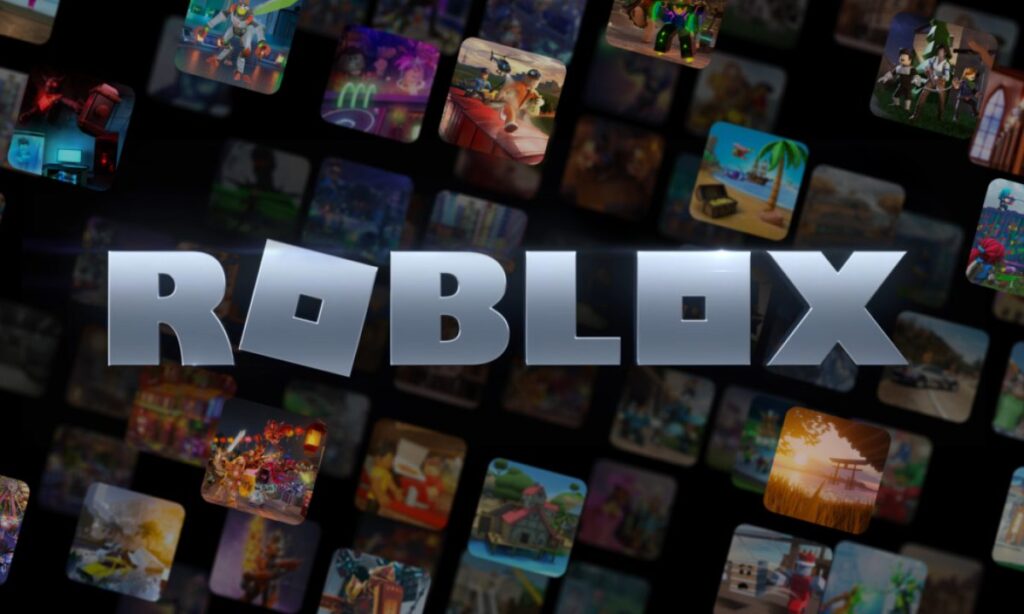The Bisexual Pride Flag: Unveiling Its Colors, History, and Significance
Bisexual Pride Flag, With its diverse collection of LGBTQ+ symbols and flags that form its makeup, the Bisexual Pride Flag serves as an uplifting symbol to demonstrate strength, power, diversity, acceptance, and unity among bisexual people. Its vivid stripes symbolize more than identity; they signify triumphs, struggles, and the growing perception of bisexuality as a legitimate sexual orientation.
We will explore its significance by diving deep into its color scheme’s significance – exploring numerous aspects of bisexuality as well as the struggle towards acceptance from society at large. This essay of 2000 words delves deep into Bisexual Pride Flag’s significance while exploring all its aspects; additionally covering aspects related to bisexuality itself!
Part I: The Creation of Bisexual Pride Flag
The Bisexual Pride Flag, popularly referred to as “Bi Pride Flag,” made its global debut in 1998 as part of LGBTQ+ flags. Created by bisexual activist Michael Page from the US who wanted a symbol that could represent bisexual experiences and difficulties faced by members, we begin this exploration by looking at its colors and their significance.
Part II: Understanding Color Schemes
Pink StripeThe pink stripe in the middle of Gay Pride Flag stands as a representation of same-sex attraction and serves to strengthen bonds between bisexuality and the wider LGBTQ+ community. Bisexuality allows individuals with same gender attraction to find romance or sexual gratification with those from either gender; thus proving bisexuals may experience romantic attraction to each gender equally.
Purple Stripe The middle stripe of Bi Pride Flag features purple as a symbolic representation of bisexuality’s flexibility and diversity, long associated with people in LGBTQ+ community. Purple symbolizes diversity beyond binary notion of sexuality; therefore this stripe represents possibilities beyond binary notion of sexuality which include but aren’t restricted to being attracted both males and women simultaneously.
Blue Stripe Blue Stripe: The blue stripe at the lower part of the flag symbolizes attraction between people of opposite genders, reflecting bisexual people who may experience romantic or sexual attraction towards people from either gender. Bisexual people can experience sexual and romantic attraction between other genders too!
Part III: Historical Context
Understanding the Bisexual Pride Flag requires understanding its historical context. Bisexuality has long been disregarded and perceived as discriminated sexual orientation; individuals within this sexual orientation group often endure stereotypes and prejudice within LGBTQ+ circles as a whole, leading to accusations that some individuals might simply be looking for attention or have some sort of unclear sexual identity.
Also Read: understanding-ip-addresses-definition-and-explanation
Bi Pride Flag was developed as an answer to this denial and lack of recognition; its goal being to give bisexuals confidence, as well as public acknowledgement for the legitimacy of their lives. Bisexual activists saw this momentous event as the start of greater acknowledgment and acceptance for bisexual life.
Part IV : Overcoming Challenges and Moving Forward
While this Bisexual Pride Flag represents an important milestone in bisexual acceptance, we should remain aware of its challenges. Bisexual people still face discrimination and apathy from both members of the general public as well as some members within LGBTQ+ communities; stereotypes persist; there remains a need for advocacy and education against prejudices against them.
But progress has been made: the flag itself has proven an effective means of increasing bisexual awareness and creating an identity for this community. Pride events around the globe use it, while several groups and activists utilize its usage as an indication of inclusion and respect.
Part V: Go Beyond the Flag
While Bisexual Pride Flag may be a powerful symbol, it should only be considered one component in an ongoing movement to increase bisexual acceptance and visibility. Here are several areas which have seen progress:
Media Representation The entertainment industry has made an effort to portray more authentic and diverse bisexual characters on television movies and shows, helping break stereotypes while providing bisexuals with role models they can relate to.
Education and Awareness. Bisexual groups and activists are working hard to educate others about bisexuality and dispel misconceptions through workshops as well as awareness-raising campaigns and outreach initiatives.
Also Read: integers-definition-rules-properties-and-examples
Intersectionality Understanding that human beings possess multiple identities, the bisexual movement has increasingly adopted intersectionality as a core principle. Recognizing how experiences such as gender, race and class all play into shaping bisexual experiences; intersectionality seeks to recognize this fact.
Healthcare and Support Services Initiatives to enhance access to healthcare as well as provide support services are underway for bisexuals in order to address their unique requirements and address potential concerns and demands.
Conclusion
At its heart, the Bisexual Pride Flag symbolizes resilience, transparency and diversity within LGBTQ+ community. Each color symbolizes something significant to bisexuals across many encounters and experiences that bisexuality provides; even though progress has been made regarding visibility and acceptance issues; barriers still stand between bisexual people and acceptance – these processes of acceptance remain ongoing processes.
The Bisexual Pride Flag and its acceptance as an expression of bisexual activism marks an important moment in its evolution. It serves as a visual reminder that bisexuality is an acceptable option worthy of acknowledgment and celebration, especially as society embraces more diversity. Furthermore, its creation serves as both hope for positivity as well as motivation towards greater inclusiveness within our globalized environment.







0 Comments